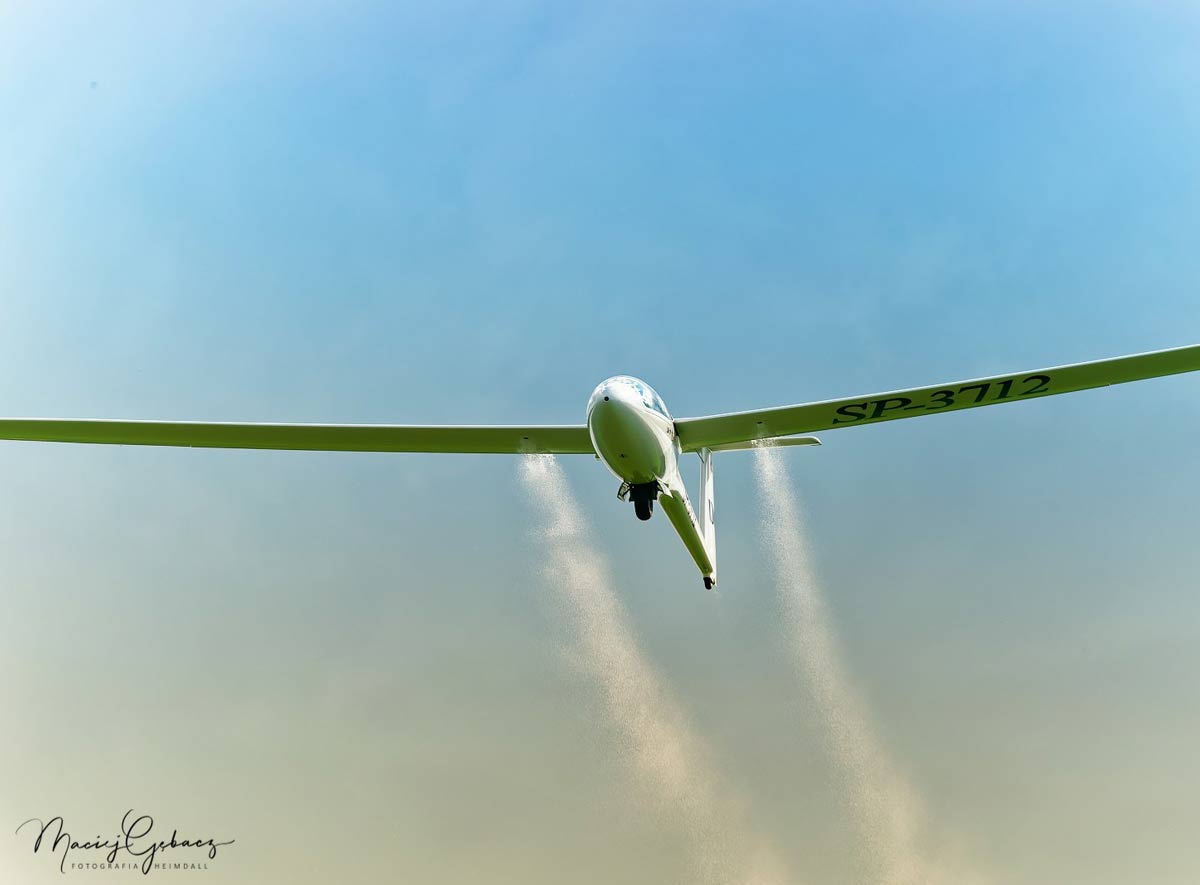Final Glide Made Easy

Final Glide Made Easy
An exciting, rewarding, sometimes nervous or anxious part of the flight. Done right, it is usually the first two! If the weather doesn’t go your way, you’ve been too aggressive in your attack or you’re just too late in the day, then it can definitely feel like the latter two. In this article, I aim to share my thoughts on when to start on final glide and how to do it to get the best results, and keep your blood pressure where it should be!
Ideally, the best and fastest way home is to continue racing onto final glide, the numbers will magically marry up, and home you’ll fly. Often though this isn’t the case, we often find ourselves getting close to final glide, then either turning pessimistic on the day ahead and persisting with a dyeing climb, or flying home slowly trying to ‘pull up’ onto glide. This we need to resist, assuming a homogenous sky ahead, we should have confidence in our thermal finding ability and keep running as we have all day.
When to Start on Final Glide
So when do we start on final glide? The key is to keep looking ahead, making the long term decisions as you have all day long. The key bits of information that you need are, typically what sort of glides have you been getting all day? Long fast LD glides or short poor LD glides? Assuming a CU day, have you been sucked generally up to base when 2000’ below, or have you been slowly losing out all day and always in need of a climb to stay in contact? What about a blue day? These are harder to pick for obvious reasons, but you can still use your mind's history on the day to help you build the picture.
Achieved L/D
So, when do we start on final glide? There are many ways to do this of course, but here are a few methods that I use to get me home each and every time. I like to get a feel of my LD’s achieved for the day, to do this on my Oudie & LX9000, I have selected a ‘current LD’ achieved navbox – I have mine configured to show me the past 3 minutes. So periodically during the day, I’ll glance down at this to judge what speeds are giving what. For example, I may often see 30:1 for 100kt cruise speed, or 35:1 when I’m doing 90kts. To use this method effectively, you’ll also need the ‘Task LD required’ navbox or similar, this one tells you what you need to achieve from this exact moment to finish the task. If it says 82:1 required, you know you need a few more climbs, 36:1 and you know that you’re getting very close, 19:1 and you’re almost certain to make it!
Let’s go with 36:1 required. Have you been having often 45:1 LD’s for the day? If so, and if the sky looks similar to the day's flight, then you should have confidence that you’ll also achieve 45:1 on the way home and slowly pick up the margin on glide. If you’ve been punching into a stiff wind all day and your Duo Discus is only achieving 25:1 often in the blue, then you’ll be needing to think about climbing again. Just keep the achieved LD greater than the task required LD and you'll be sure to get home - but monitor closely!
MacCready
The other method? Good old MacCready. I won’t leave on final glide unless it’s a 3kt MC, or if the air is silky smooth and it’s the last climb of the day, then it's whatever it takes to get home. But let's assume the sky is still active. To me personally, anything less than a 3kt MC final glide feels very marginal in Australian skies. Naturally in the final climb, we want to set the MC to the last thermal average, this with give you the fastest speed home. But what margin do we use? For this, you need to know your history of the day – good glides or poor glides? Typically, no matter the answer to that question, I don’t set off for home unless I have a 500’ margin. Do we need a safety height? I recommend, no. Why? Because it saves any arithmetic in stressful situations. For example with a 500’ safety height, you’re now 200’ below slope, but you know that there is 500’ safety, so you do the math and say, it’s ok – I’m 300’ over, I’ll continue. Why do this to yourself!? Program in a zero safety height and never have to do math again!
How can you achieve the desired safety height to ensure you get home and the target speed to fly? For example, you’re in a 5kt final climb. Wind up the computer to a 5kt MC, achieve the required height, then set off at the MC STF. Then this is where the magic happens, turn down your MC until the desired safety height (say 500’) is achieved, but remember, never less than 3kts! Ok, now you’re gaining on glide, what now? Simply increase your MC until the desired safety height is obtained again, increase the speed to reflect the target STF, then repeat until you get home!
One final tip – combine the two methods above for complete confidence & calmness
Banner Photo Taken by Maciej Gebacz







